Stars and STEM Stories
GLOBE Uruguay Conducts “In-Person” Visits to Schools to Strengthen Collaboration in Constantly Changing Times
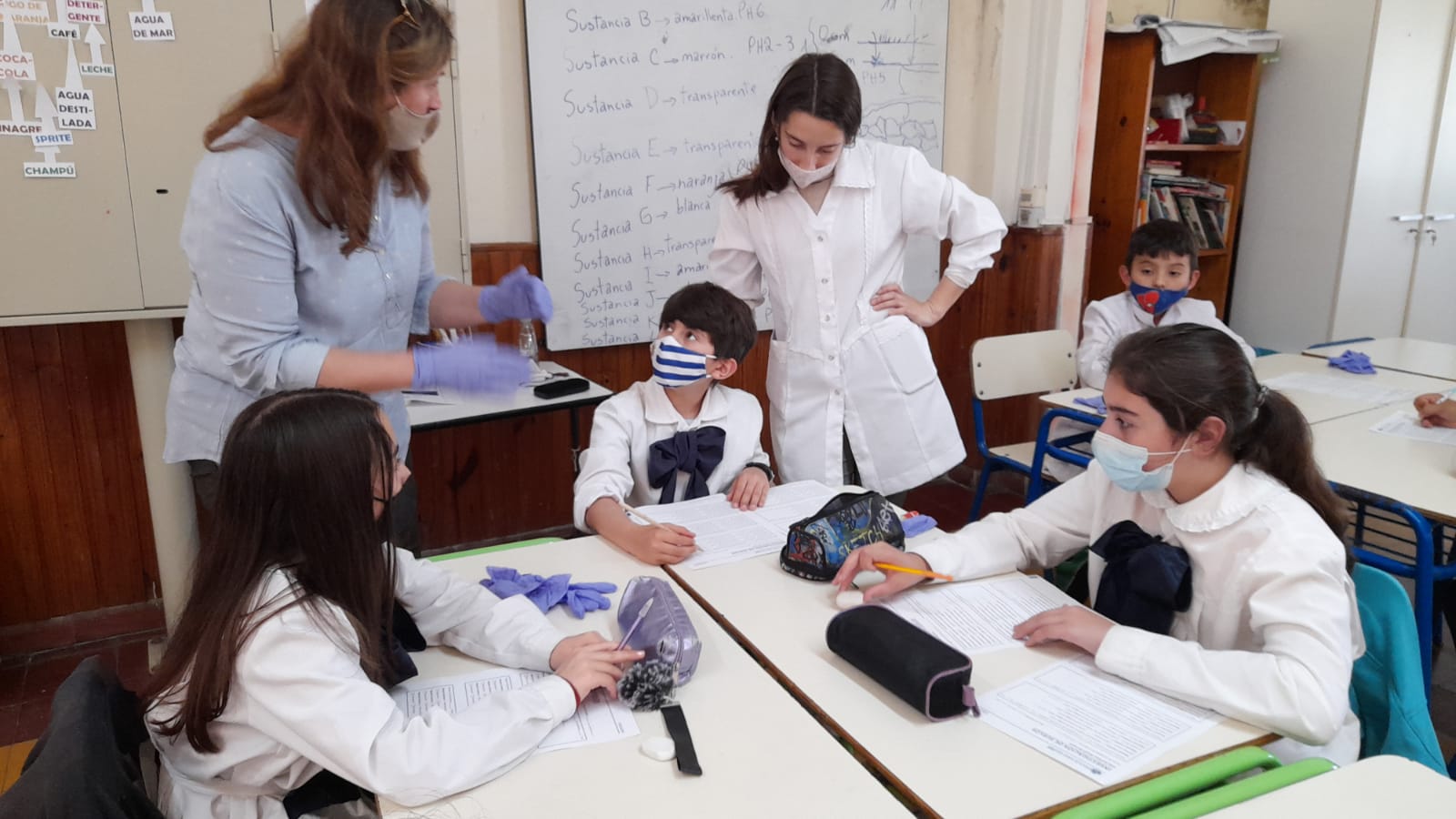 GLOBE students at School No. 168, Rincón del Colorado, Canelones, Uruguay; filling out soil data sheets
GLOBE students at School No. 168, Rincón del Colorado, Canelones, Uruguay; filling out soil data sheets
From August through to the end of October 2021, GLOBE Uruguay engaged in a “hands-on” and “in-person” learning and scientific adventure designed to help promote GLOBE activities that included visiting a variety of GLOBE schools.
“After the success of the regional online course ‘Citizen Science and the Monitoring of Butterflies,’ GLOBE Uruguay, GLOBE Argentina, GLOBE Peru, and the GLOBE Latin America and Caribbean (LAC) Regional Coordination Office (RCO) promoted a campaign to collect atmospheric data (temperature, relative humidity, clouds, wind, precipitation, and surface temperature),” Andrea Ventoso, the Country Coordinator from Uruguay explained. “The campaign was related to the observation and registration of butterflies in a period of observation around local solar mid-day, and repeated two or three times a week between September and November in the LAC Region.”
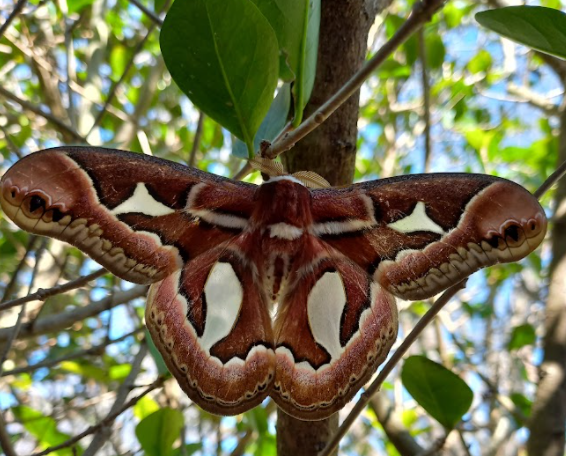 Butterfly observed in a tree near Rural School No. 88, Alfred Nobel; Las Violetas, Canelones
Butterfly observed in a tree near Rural School No. 88, Alfred Nobel; Las Violetas, Canelones
“To help teachers with the observation of butterflies and the measuring, and data registration of various atmospheric variables, GLOBE Uruguay planned a series of visits to selected GLOBE schools and high schools. After contacting each teacher, specific activities and protocols were determined for each group, according to the group needs. This required a personalized plan for each school, along with the preparation of materials and resources before each visit.”
“At schools, the activities consisted of a theoretical introduction to the topic to be developed (atmosphere, soils, water cycle, clouds, etc.), the protocols required to implement the activities; the calibration and use of instruments; demonstration of the way to measure; and lending teachers the requested instruments according to the variables they wanted to work on, and the use of, The GLOBE Program’s app, GLOBE Observer. All the practical knowledge was linked to learning activities to exemplify topics that can be hard to understand, for example, the cloud cover coverage estimate.”
“In addition to this, we supplied the teachers with the guide ‘Mariposas de Uruguay, Argentina, Brasil y Paraguay’ to help them recognize, examine, and identify the butterfly species. This guide was elaborated by the Entomologist Gabriela Bentancur Viglione, our project scientific adviser, and was purchased with the support of the LAC RCO, along with some of the thermometers, we lent the teachers for the measurements.”
“The collaborative work between teachers, students, and the scientific assessment of Dr. Gabriela Bentancur-Viglione (in the butterfly topic) was essential in contributing to the sense of ‘GLOBE community,’ and the better training and accompaniment of teachers and students.”
“During the last two years,” Ventoso said, “teachers have been very busy adapting to the challenges the pandemic posed, and the sudden transformation it brought to their teaching duties and strategies. They felt a bit ‘alone’ with the disconnection both between students and the teacher and among the students that online teaching brought with it.”
“When teachers returned to face-to-face classes, they required the support of extra resources to strengthen student’s knowledge. With this in mind, we decided it was necessary to visit the schools and help them implement the activities and protocols of The GLOBE Program with students in person.”
“Being with them, teaching to students, supplying them the materials (posters, data sheets, paper rules, clouds photographs, instruments, etc.) was very satisfying for both me, the teachers who were very grateful, and the children who were very interested and participative.”
Ventoso said that the visits were important for the teachers, with some of their comments expressed as:
- "The motivation and learning provided to the students was excellent to the point that they requested to attend again the next week,” Shirley Simoncelli, GLOBE teacher, said.
- "This type of collaborative work has made it possible to carry out different research projects that are part of the institutional culture of this educational center,” Darío Greni, teacher and director, said.
- “In short, it was a day of much learning for the students and teachers of the school and the availability, disposition, and excellent treatment of Mrs. Andrea Ventoso is greatly appreciated.” Director Diego da Rosa said.
“Collaborative work is essential for the success of The GLOBE Program. These two years, we have been applying this line of work with other trainers to give online courses, organizing regional activities, such as campaigns, with the RCO, organizing webinars – and with the teachers accompanying the implementation of the program in schools, in spite of the pandemic and the quarantine. In these uncertain and constantly changing times, I think it is a huge achievement to sustain the program and build more links than ever with the teachers and the participants within our region,” Ventoso said.
“The school visits represented an example of this collaboration between the country coordination and the teachers. Being able to return to schools and have the opportunity to interact with students and teachers refreshes the program and its organization, and it is an extra boost to continue doing GLOBE activities and implement future research regarding the observation of butterflies and the incidence of environmental factors on their watch, as well as other topics that arose during the practising of the protocols in the schools.”
The schools, shown below, engaged in the hands-on, and in-person, scientific learning adventure.
School No. 46, Dr. Serafín Rivas Rodríguez; Mercedes, Soriano
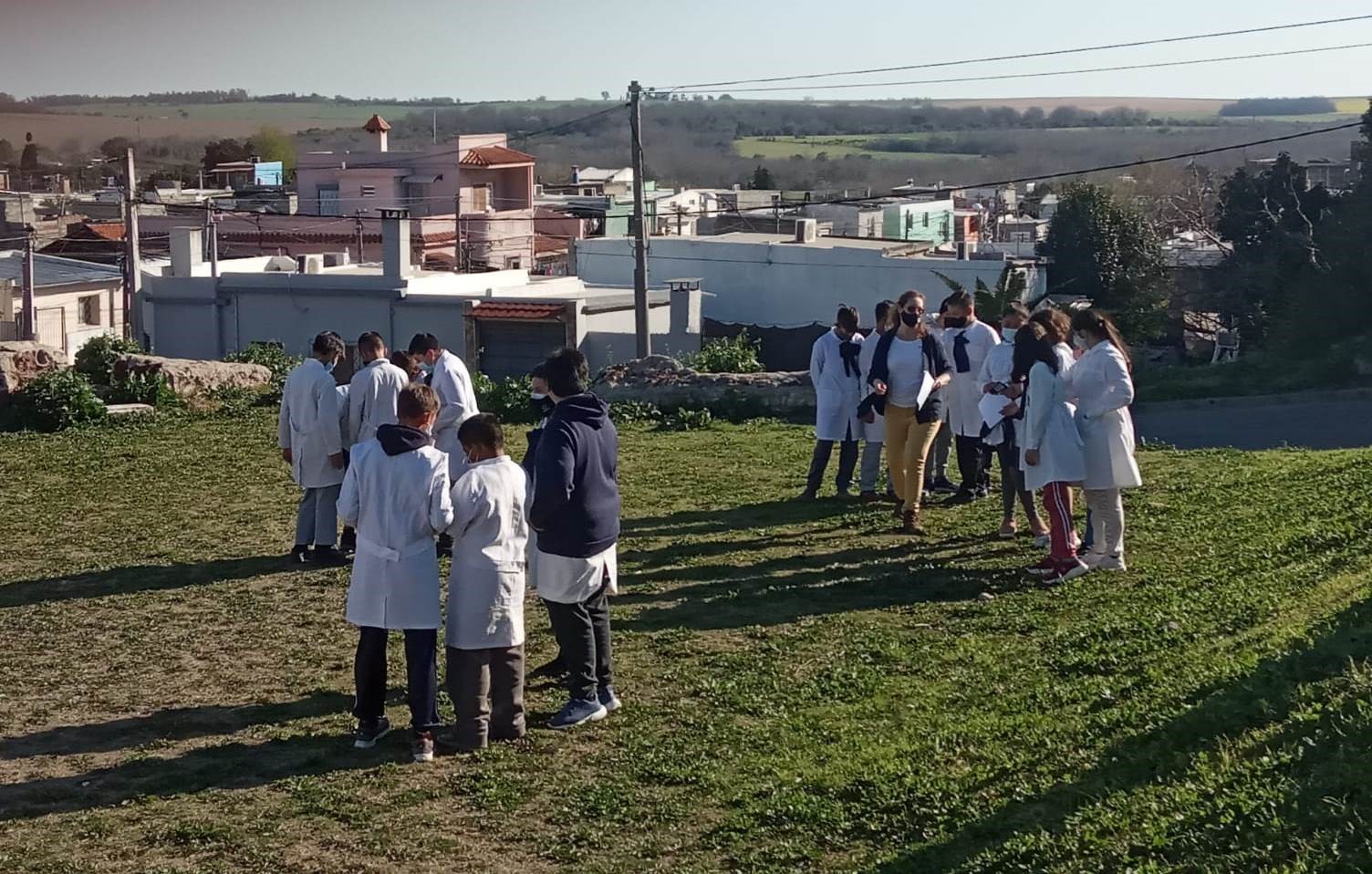 Observing clouds and registering data
Observing clouds and registering data
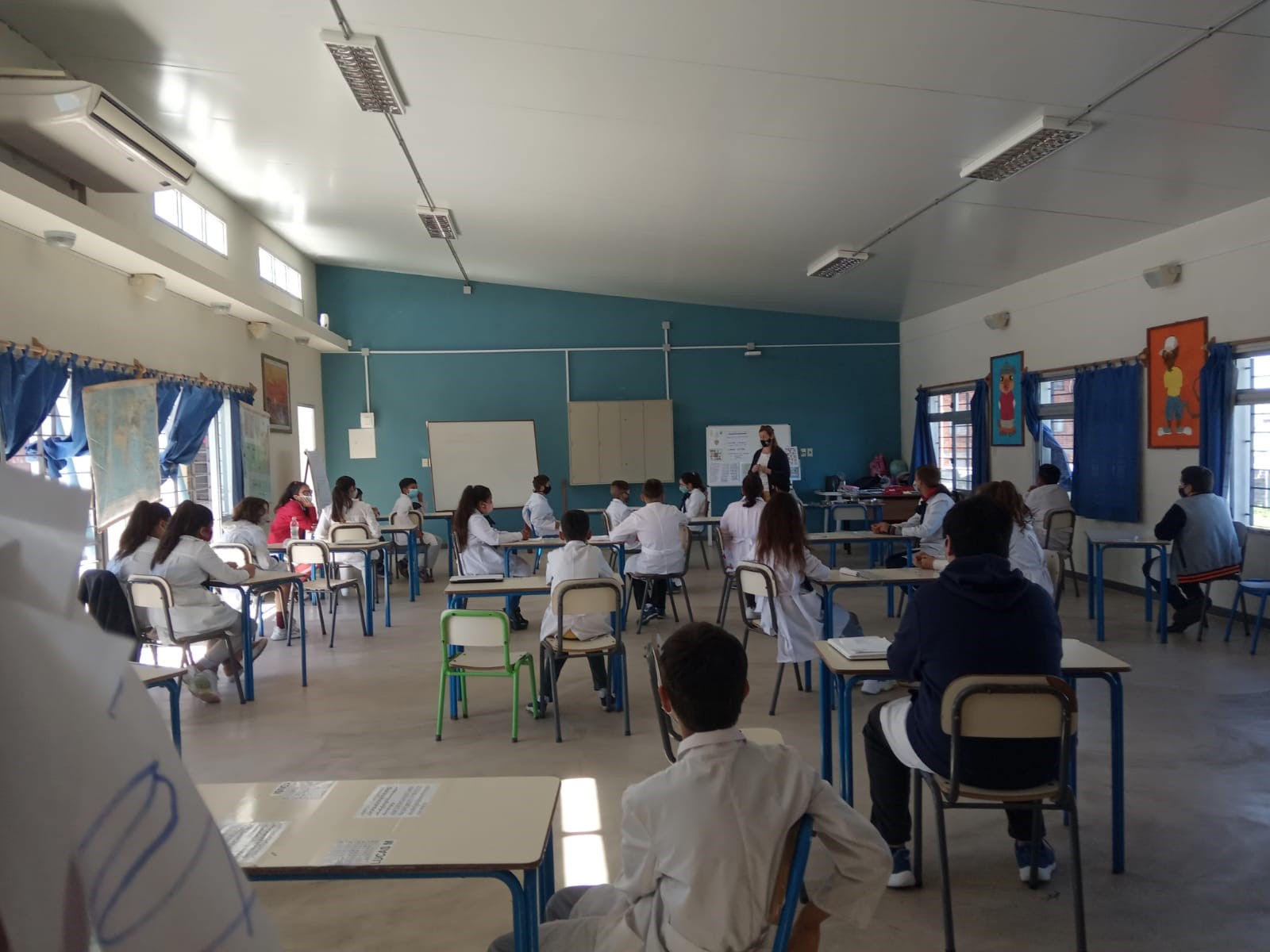 Explaining cloud types
Explaining cloud types
Rural School No. 88, Alfred Nobel; Las Violetas, Canelones
 Learning to classify clouds
Learning to classify clouds
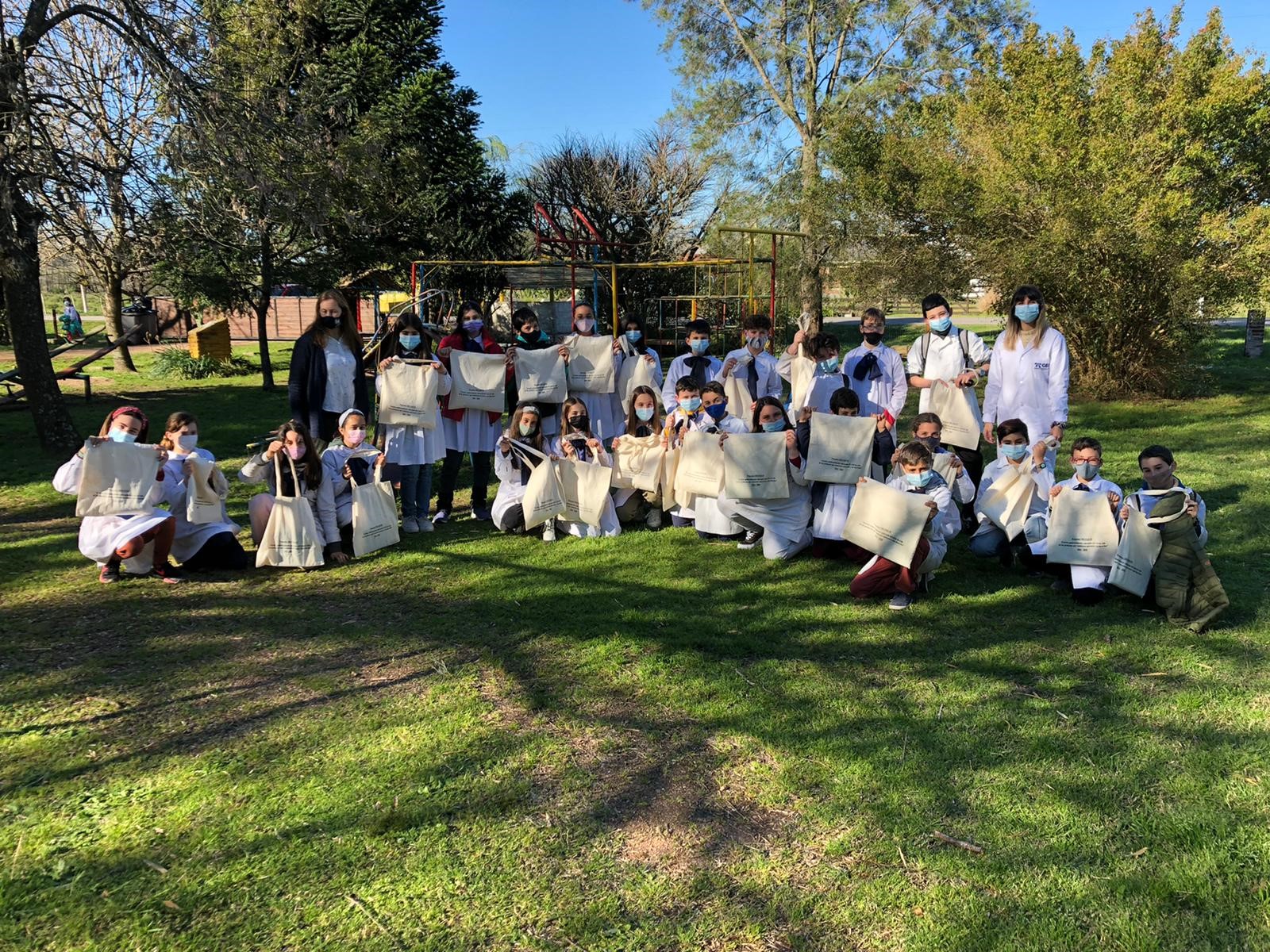 Teachers, Country Coordinator, and students with presents after finishing the activities
Teachers, Country Coordinator, and students with presents after finishing the activities
High School No. 1, Escribano Diego Muguruza; Bella Unión, Artigas
 Engaging in Learning Activities representing clouds
Engaging in Learning Activities representing clouds
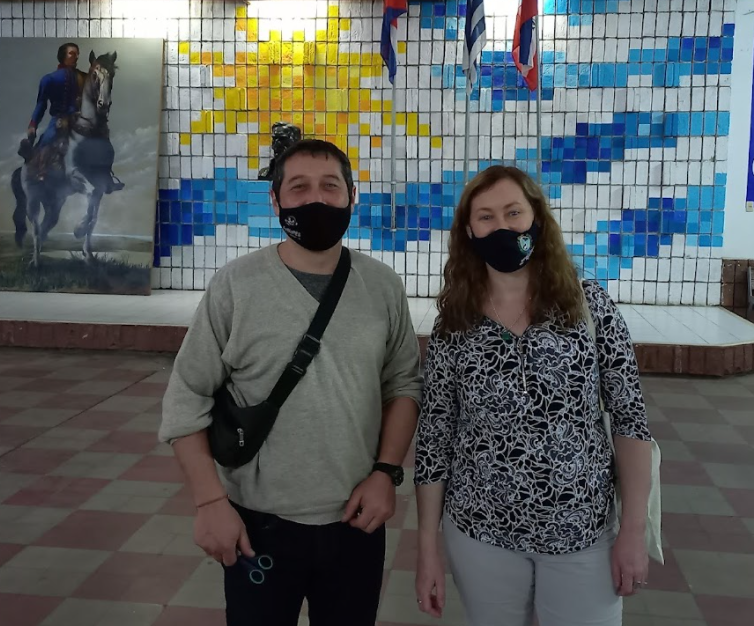 GLOBE Teacher Martin Lucas and GLOBE Country Coordinator Andrea Ventoso
GLOBE Teacher Martin Lucas and GLOBE Country Coordinator Andrea Ventoso
School No. 2, Etelvina Migliaro; Salto, Department of Salto
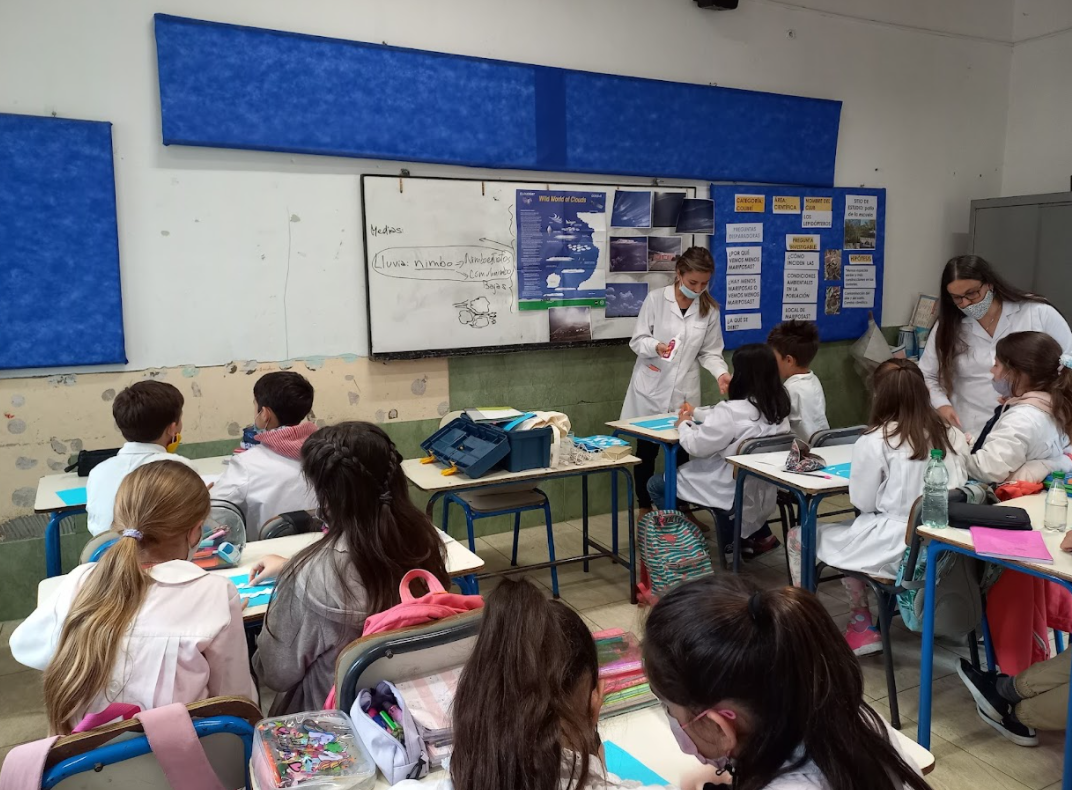 Engaging in cloud cover Learning Activity
Engaging in cloud cover Learning Activity
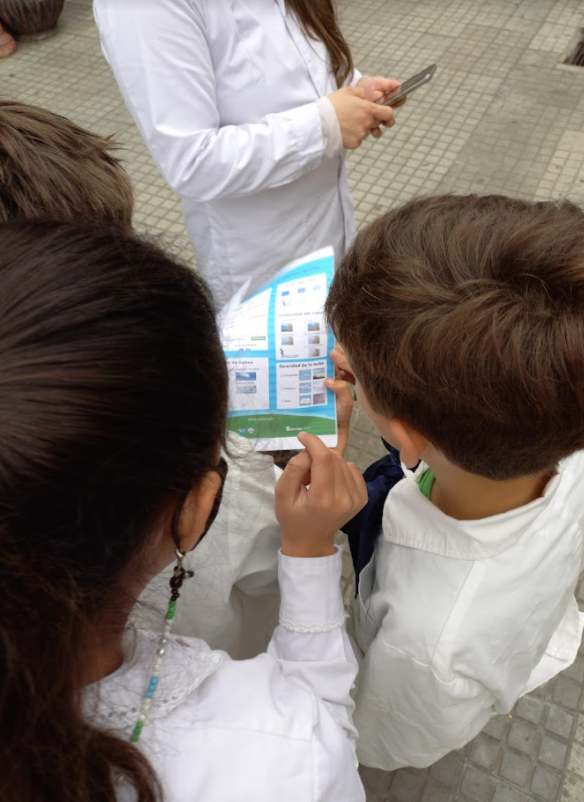 Identifying clouds
Identifying clouds
Rural School No. 15, Villa Nueva; Canelones, Uruguay
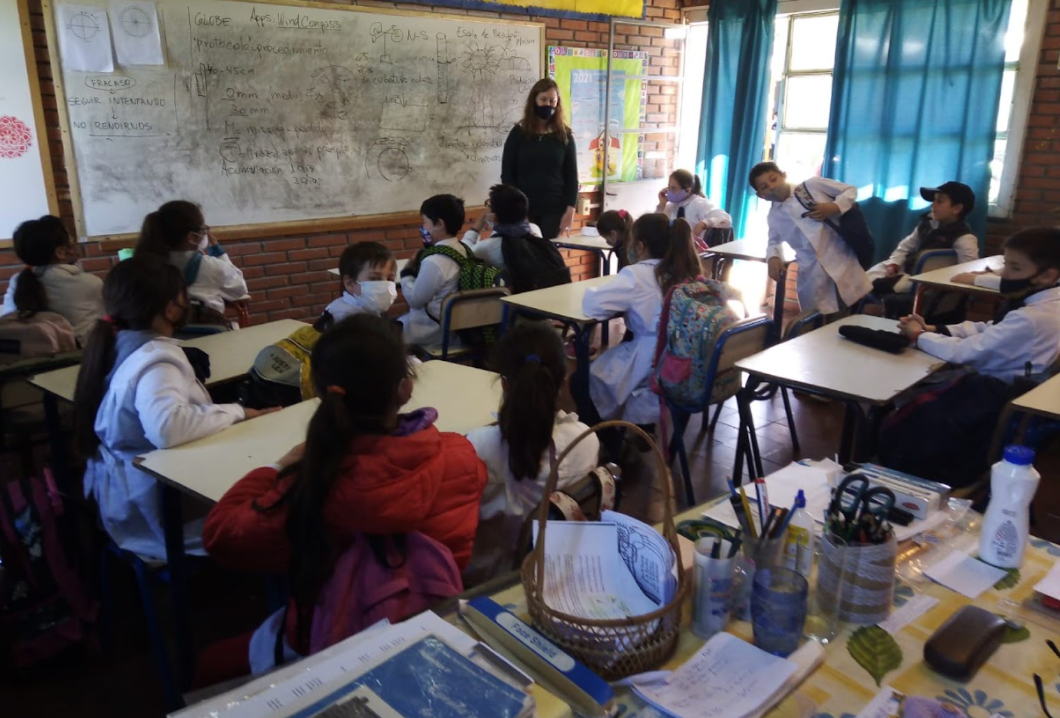 Learning about the wind
Learning about the wind
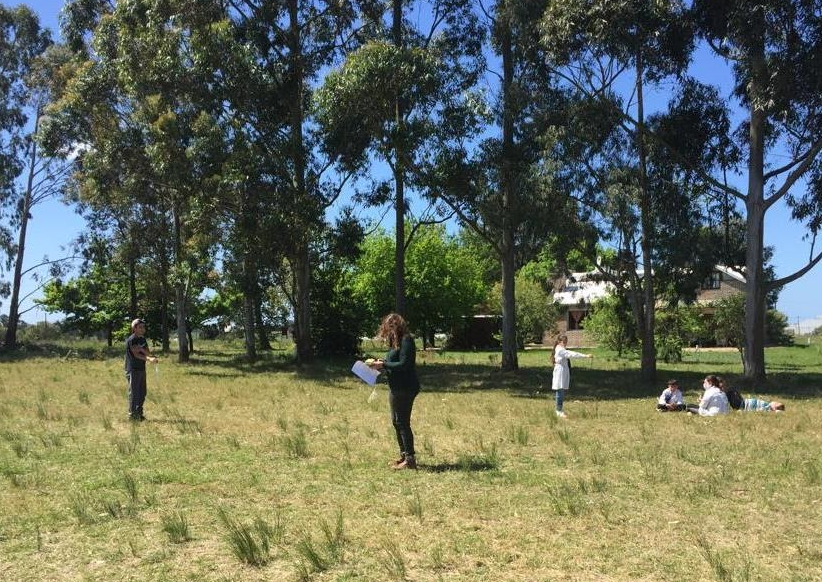 Measuring air temperature
Measuring air temperature
School No. 88, Domingo Faustino Sarmiento; Ciudad del Plata, San José
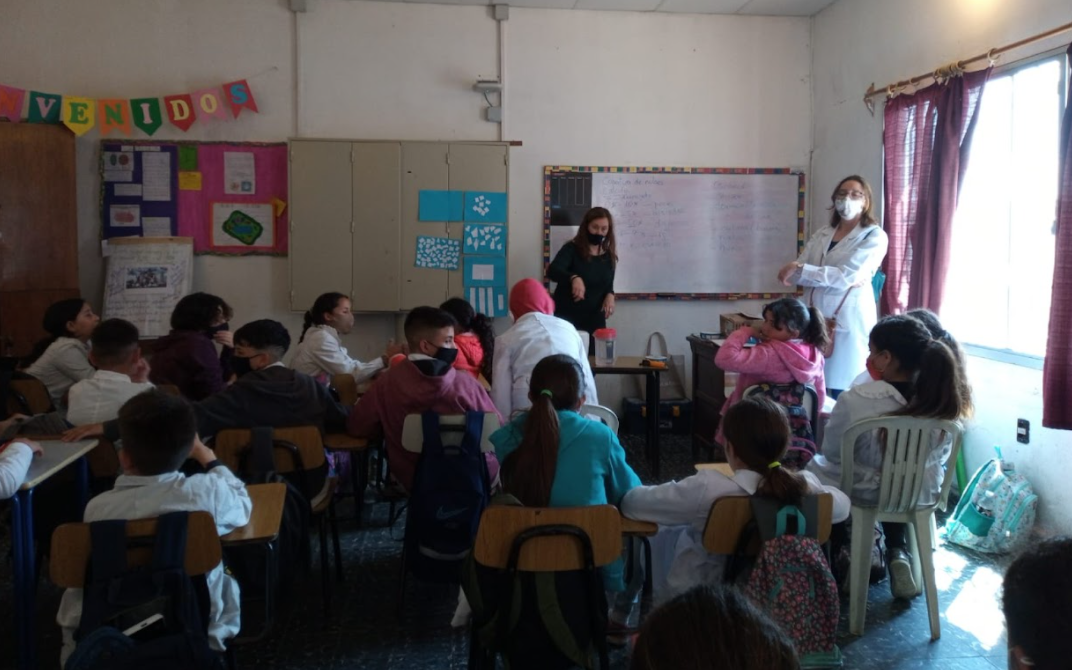 Learning to calibrate a thermometer
Learning to calibrate a thermometer
 Measuring air temperature with alcohol thermometers
Measuring air temperature with alcohol thermometers
Rural School No. 168, Rincón del Colorado; Canelones, Uruguay
 Filling out soil data sheets
Filling out soil data sheets
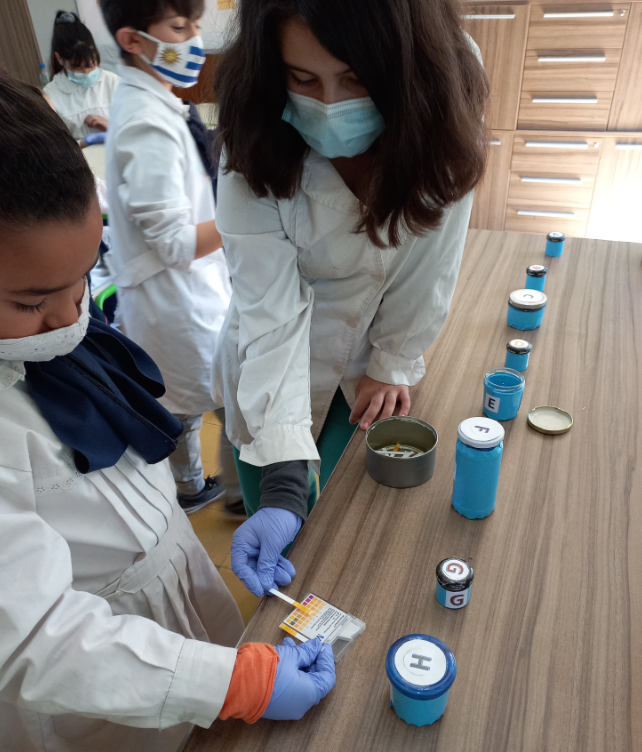 Determining the pH (Game)
Determining the pH (Game)
Star Story contributed by GLOBE Country Coordinator, Andrea Ventoso





